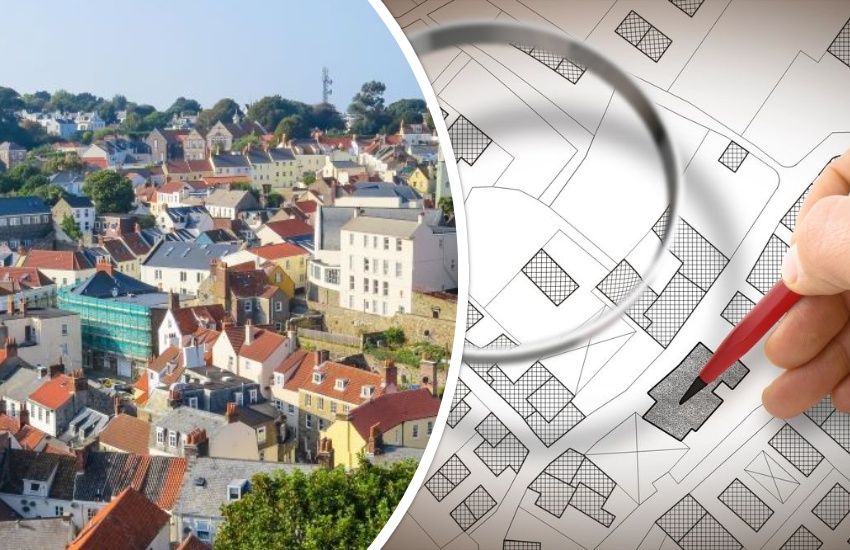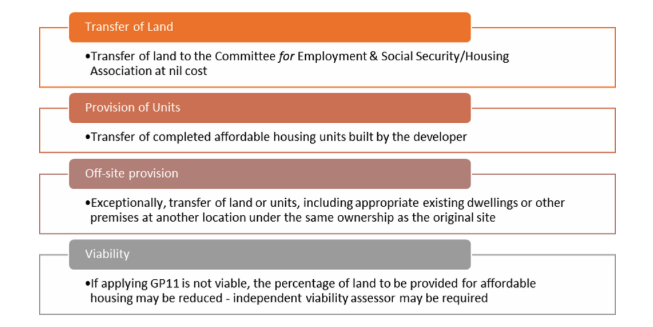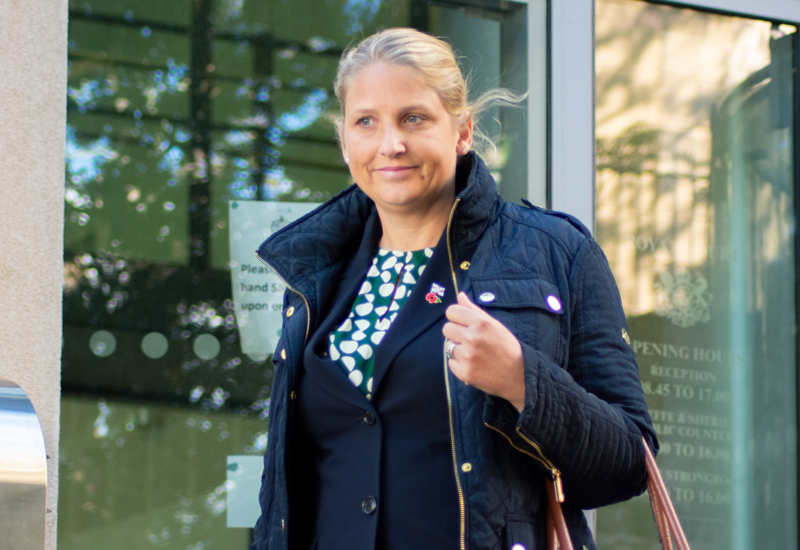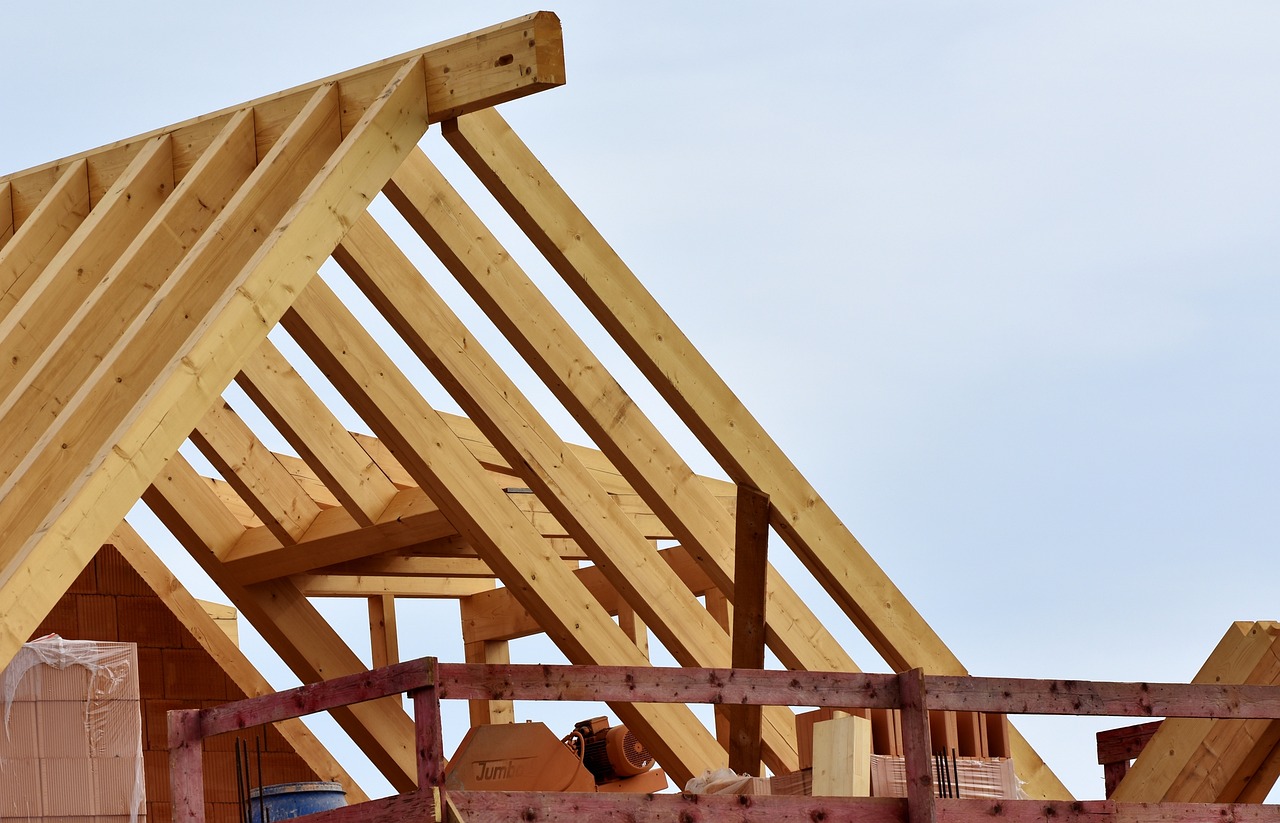


Recent examples of housing schemes being rendered unviable because of the legal requirement to provide some affordable housing does not necessarily show that the policy is broken, according to the Planning President.
The Development and Planning Authority also confirmed that work is ongoing to allow developers to make a tariff payment instead of a physical affordable housing contribution, with a report due to go before the Authority early this year.
The hope is this will give house builders more flexibility in choosing whether to siphon off a section of land for the Guernsey Housing Association to build on, or to simply pay a sum equivalent to the value of land earmarked for those homes.
Policy GP11 requires all planning applications over 20 units of accommodation to provide up to 30% of developable land for affordable housing purposes through the Guernsey Housing Association.
But there is wiggle room if developers can demonstrate that doing so would render the project commercially unviable, and supplementary planning guidance lays out what happens in these scenarios.
Those alternative arrangements and failsafe’s led DPA President Deputy Victoria Oliver to say that “rather than a failure of GP11, the reduced amount of affordable housing contribution relating to a couple of recently considered sites is an example of the States policy working exactly as intended”.

Pictured: The hierarchy of affordable housing contributions available to Guernsey developers, set out in the order of planning preference.
People often question if housing is ever affordable, particularly in Guernsey. It is true that the cost of housing has risen out of step with wages over the past two decades. But the official definition of affordable housing, whilst bashed by some, does have merit since it relates to the various forms of financial subsidies available to those without the means to rent or purchase in the private market.
It's known that over 400 people are on the waiting list with the Guernsey Housing Association for these types of home, but a lack of stock is stalling much progress in reducing these numbers.
Three major planning applications considered in 2022 triggered the GP11 requirement, but only one – Pointues Rocques – viably allocated a portion of land for partial ownership or social rental properties.
Prominent developer Charles McHugh, who is one of the partners looking to overhaul Leale’s Yard, urged the DPA to follow its own independent viability assessment and accept that the only viable affordable housing contribution for the scheme is zero units.
The developers of Briarwood also said it could not viably allocate some of its land for these purposes, despite being much smaller in scale than the other schemes noted above.
Nevertheless, several active applications submitted by the GHA are ringfenced solely for these homes, as well as key worker housing, with hundreds of homes planned.

Pictured: Deputy Oliver is a surveyor by trade.
The commercial dynamics of housebuilding often makes sticking to strict construction targets challenging.
Developers are also required to make a profit on any project, known as gross developable value (GDV), which is set at a minimum of 20%.
Deputy Oliver explained: “To demonstrate that a development is not financially viable, the percentage of gross development value must be less than 20%. This is in line with what the Royal Institution of Chartered Surveyors deem to be a suitable return for the purpose of planning”.
But doubt over the accuracy of these viability assessments were raised by DPA members when considering the Briarwood application, with questions over whether the methodology was reliable.
It will be telling what conclusions are drawn about the provision of affordable housing when the applications return for further public meetings.

Pictured: A 20% profit is deemed to be a suitable return on developments.
Several politicians, including sitting members of the Development & Planning Authority, are known to take issue with the affordable housing policy, while others ferociously defend it.
Deputy Oliver was clear at the Briarwood meeting that GP11 has holes in it and has since reiterated her stance but said “planning applications will continue to be considered in line with Policy GP11 as long as this is in place”.
“We must continue to make sure that policies are able to deliver affordable housing and I have been very open in saying that I would like to review Policy GP11, however, there is a process that must be followed for this.
“We are still on course to publish a proportionate and targeted examination of certain Island Development Plan policies in 2025 before the end of this political term which will be focussed on key areas, including Policy GP11."
Deputy leading opposition to GP11 will "conclude research shortly"
Flexible GP11 "a mockery of policy - if developers can get around it"
Claims about social housing policy GP11 are "complete moonshine"
Comments
Comments on this story express the views of the commentator only, not Bailiwick Publishing. We are unable to guarantee the accuracy of any of those comments.